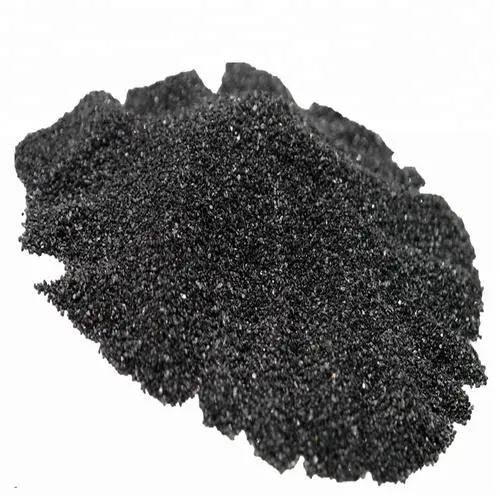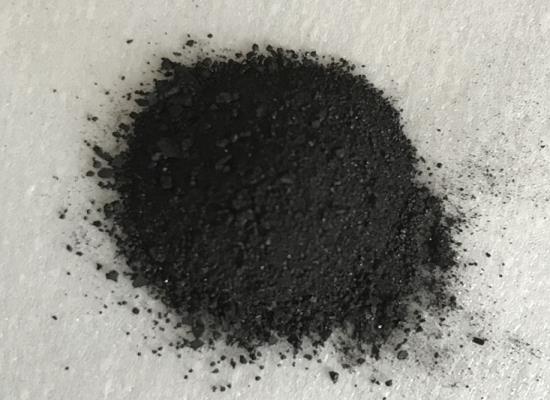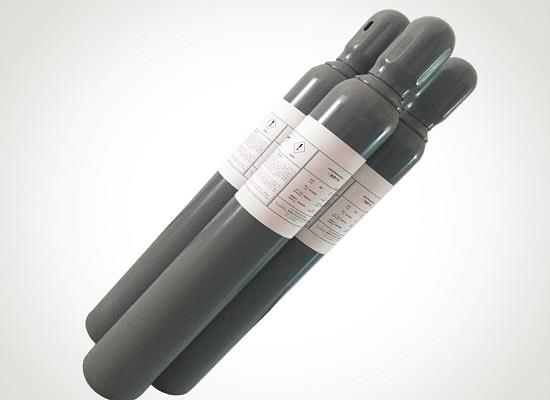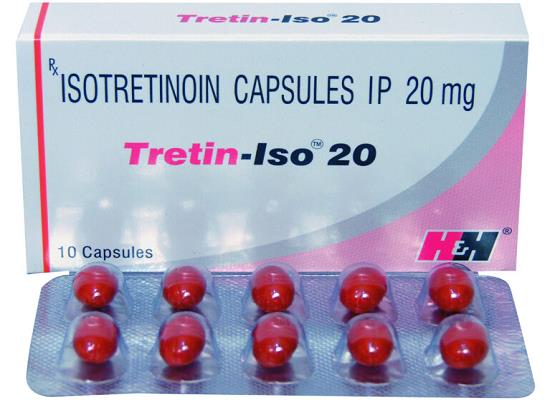Active Pharmaceutical Ingredients (API), popularly speaking, are the raw materials of medicines, only pharmaceutical raw materials are processed into pharmaceutical preparations , can they become medicines available for clinical use, so drugs we usually eat are the finished drugs through processing. Active Pharmaceutical Ingredients based on its sources can be divided into two major categories ,including chemical synthetic drugs and natural chemical drugs. Chemical synthetic drugs can be divided into organic synthetic drugs and inorganic synthetic drugs. Inorganic synthetic drugs are inorganic compounds ( very few is element), such as aluminum hydroxide, magnesium trisilicate which are used for the treatment of gastric and duodenal ulcers ; organic synthetic drugs are mainly composed of drugs made by basic organic chemical raw materials, through a series of organic chemical reactions (such as aspirin, chloramphenicol, caffeine, etc.). Natural chemical drugs ,based on its sources,can be divided into two categories including biochemical drugs and plant chemical drugs. Antibiotics are generally made by the microbial fermentation, which belongs to the biochemistry category. A variety of semi-synthetic antibiotics occurs in recent years,which are biosynthesis and chemical synthesis combining products.Among active Pharmaceutical Ingredients, the organic synthetic drugs varieties, yields and values have the largest proportion,which are the main pillars of the chemical and pharmaceutical industries. The quality of active Pharmaceutical Ingredients decides whether the formulation is good or bad , so its quality standards are very strict ,countries in the world have developed national pharmacopoeia standards and strict quality control methods for its widely used active Pharmaceutical ingredients.
Silicon Carbide: General Properties; Preparation; Grades
Silicon carbide (SiC), relative molar mass 40.097, is an important advanced ceramic with a high melting point (2830°C), a high thermal conductivity (135 Wm–1K–1), and extremely high Mohs hardness of 9
Jan 12,2024 APIWhat are the effects of Pyridine on human health and the environment?
Pyridine is a flammable, colourless liquid, six-membered heterocyclic compound with an unpleasant odour. Pyridine can cause first degree burns when exposed for short periods of time.
Jan 12,2024 APIBoron nitride-based nanocomposite hydrogels: properties and medical applications
Boron nitride-based nanocomposite hydrogels offer biodegradable, biocompatible properties for wound healing, cancer treatment, and controlled drug delivery in medical applications.
Jan 12,2024 APIFullerene C60: biological features, ROS generation and quenching and ROS-dependent biological effects
Fullerene C60 have antioxidant properties, generating singlet oxygen but limited ROS-quenching capacity, with promise in biomedical applications for their cytotoxic and cytoprotective effects.
Jan 12,2024 APIExploring the Uses and Safety Considerations of Guanidine Carbonate
Guanidine carbonate has versatile applications due to its strong organic alkali properties, but requires careful handling due to potential health hazards and harm to aquatic life.
Jan 12,2024 APITrifluoromethyl iodide: chemical and physical properties, pharmacokinetics and reproductive toxicity
Trifluoromethyl iodide is a stable, non-flammable gas with not significant reproductive toxicity, minimal metabolism and rapid equilibrium between air and blood.
Jan 12,2024 APIIsotretinoin: Pharmacokinetics and Effectiveness
Isotretinoin can improve bioavailability when taken with food, eliminates via feces/urine, and low-dose regimens are effective. Combining with other treatments enhances outcomes.
Jan 12,2024 APIZirconia (Zirconium dioxide): General properties; Commercial zirconia grades and Preparation
Pure zirconium dioxide (ZrO2), also called zirconia, is a dense material (5850 kg.m–3) that exhibits a high temperature of fusion (2710°C) and a good thermal conductivity (1.8 Wm–1K–1).
Jan 11,2024 APIMagnesite: General properties; Occurrence; Mining and Industrial applications
Magnesite (MgCO3) is like alumina, that is, it is considered either as an ore for magnesium metal production or as an industrial mineral.
Jan 11,2024 APISeven steps to synthesize Peficitinib hydrobromide
Peficitinib is a Janus kinase (JAK)1, JAK2, JAK3, and tyrosine kinase (Tyk)2 (pan-JAK) inhibitor recently approved in Japan for the treatment of rheumatoid arthritis.
Jan 11,2024 API












